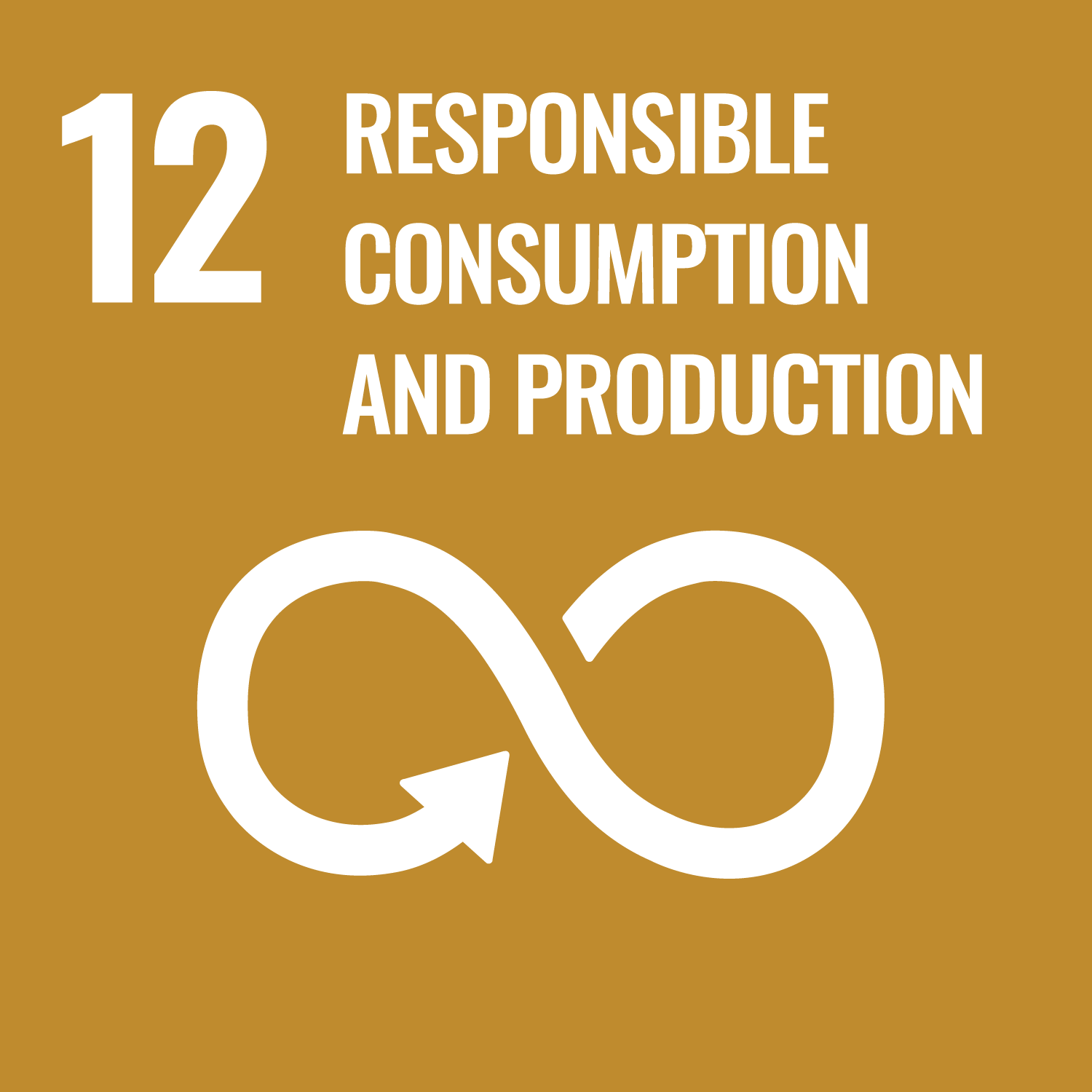McDowall, L.S. orcid.org/0000-0001-8425-5702 and McDermott, K. orcid.org/0000-0001-6618-5560 (2025) Review: Opportunities and challenges for the pork industry from circular livestock waste management systems. Animal. 101547. ISSN 1751-7311
Abstract
Slurry management is becoming increasingly important as countries work to decarbonise towards Net Zero goals. After feed, slurry management and application is one of the main contributors to the greenhouse gas emissions and environmental pollution associated with pork production. Whilst traditionally considered a waste product, slurry is rich in nutrients and could be harnessed to reduce environmental impacts and improve on-farm resilience. Along with reducing the environmental impacts of pork production, farmers are increasingly looking to diversify their income streams and pig slurry offers tremendous potential to achieve this. This review identifies the opportunities and challenges to the pork sector from circular, sustainable waste management systems through insect bioconversion or on-farm biogas production, with a focus on the United Kingdom. Insect bioconversion of pig slurry, through the use of Black Soldier Fly larvae, presents opportunities not only to reduce the overall volume of slurry on a farm but also to reduce heavy metal contamination, alter the microbiome and provide a myriad of additional products. These products include fertiliser in the form of insect frass, protein, oils, and chitin from the insect exoskeleton, which has applications in industries such as wastewater treatment, pharmaceuticals and healthcare. Through on-farm biogas generation, farmers, particularly those in rural areas, could reduce their reliance upon volatile energy prices and generate electricity and heat to power on-farm activities. With additional infrastructure, biogas could be upgraded to produce biofuel and CO2 could be recovered, recycled, and sold into a variety of industries. Whilst there are still a number of outstanding questions that need to be answered and challenges that need to be addressed before the wide-scale rollout of these technologies, there is huge potential to harness the power of pig slurry. When designing the farm of the future, solutions will likely need to be tailored to an individual farm due to a range of variables including the stage of production, the number of pigs, the pig diet and the availability of co-products. However, despite these potential challenges, there is still considerable opportunity for the pork sector to harness this ‘waste’ product to decarbonise pig production and improve farm resilience.
Metadata
| Item Type: | Article |
|---|---|
| Authors/Creators: |
|
| Copyright, Publisher and Additional Information: | © 2025 The Author(s). This is an open access article under the terms of the Creative Commons Attribution License (CC-BY 4.0), which permits unrestricted use, distribution and reproduction in any medium, provided the original work is properly cited. |
| Keywords: | Biogas, Black Soldier Fly Larvae, Insect Bioconversion, Pig Slurry, Sustainable |
| Dates: |
|
| Institution: | The University of Leeds |
| Academic Units: | The University of Leeds > Faculty of Biological Sciences (Leeds) > School of Biology (Leeds) |
| Depositing User: | Symplectic Publications |
| Date Deposited: | 24 Jun 2025 12:24 |
| Last Modified: | 24 Jun 2025 12:24 |
| Status: | Published online |
| Publisher: | Elsevier |
| Identification Number: | 10.1016/j.animal.2025.101547 |
| Related URLs: | |
| Sustainable Development Goals: | |
| Open Archives Initiative ID (OAI ID): | oai:eprints.whiterose.ac.uk:228166 |



 CORE (COnnecting REpositories)
CORE (COnnecting REpositories) CORE (COnnecting REpositories)
CORE (COnnecting REpositories)